Introduction
How To Potty Train A Pig: Potty training a pig may not be the first thing that comes to mind when thinking about domesticated animals, but it’s a crucial aspect of responsible pig ownership. Whether you’re a farmer looking to raise pigs efficiently or a pet owner seeking a clean and harmonious coexistence with your porcine companion, mastering the art of potty training is essential. Pig raise are intelligent, social creatures that can form strong bonds with humans, and teaching them proper bathroom etiquette is not only possible but also highly beneficial.
Pigs have gained popularity as pets in recent years due to their endearing personalities and undeniable charm. However, their reputation for being messy animals can be a deterrent for some prospective owners. That’s where potty training comes in as a game-changer. When done correctly, it not only keeps your living space clean but also strengthens the bond between you and your pig. In a world where pigs are increasingly viewed as members of the family rather than mere livestock, potty training emerges as a valuable skill.
Moreover, for those involved in pig farming or agriculture, potty training can significantly streamline the management of pig herds. Cleanliness in pig pens and enclosures reduces the risk of diseases, enhances the overall well-being of the animals, and ultimately improves the efficiency of farming operations. This can have a positive impact on the economic viability of pig farming.
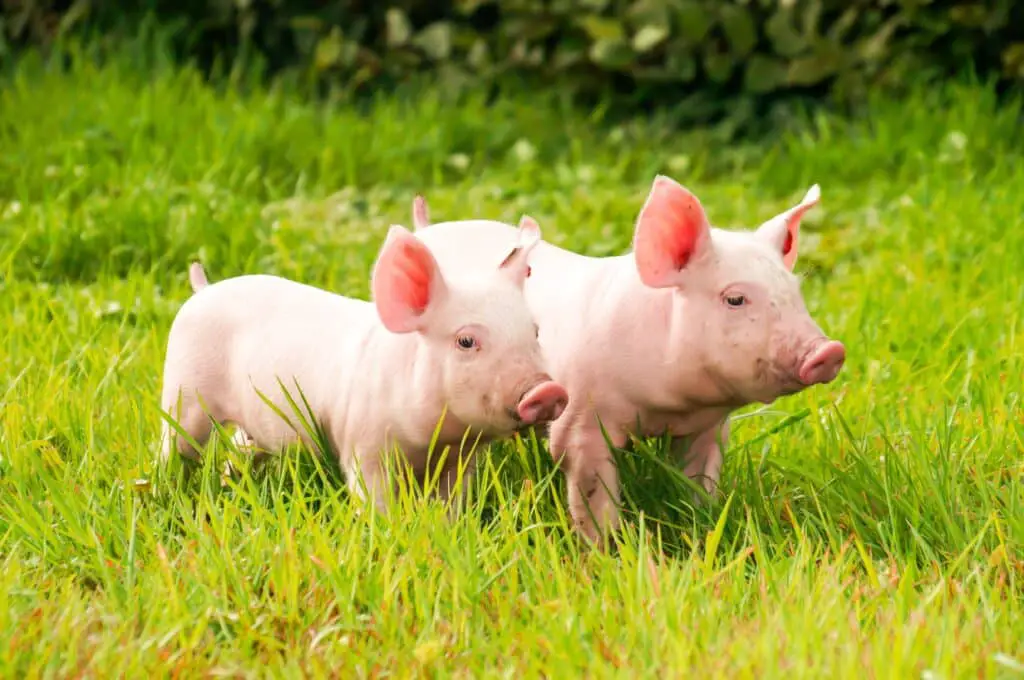
Are Pigs Easy To Potty Train?
“Mini pigs can absolutely be housetrained, but it might require a bit more patience than a cat or dog,” says Sarah. However, this is not due to a lack of intelligence. It’s more about a mini pig’s muscle development. “It takes pigs a longer time to develop the muscles that help them hold their urine.
Potty training pigs can be a challenging yet rewarding endeavor. While pigs are intelligent animals and can be trained to use a designated bathroom area, it’s essential to understand that they have natural instincts and behaviors that can make the process more complex than training a dog or cat.
Pigs are known for their intelligence, often compared to that of a three-year-old child, which is impressive in the animal kingdom. This intelligence can work in your favor when attempting to potty train them. They can quickly grasp the concept of using a specific area for elimination, and some pigs can even be taught to use a litter box or an outdoor space.
There are several factors that make potty training pigs more challenging. Firstly, pigs have a strong rooting instinct. Rooting is a natural behavior where they use their snouts to search for food or explore their surroundings. This instinct can sometimes lead them to dig in their potty area, making it messy and less effective for training.
Secondly, pigs are highly social animals and tend to follow the lead of other pigs. This means that if you have multiple pigs, it might be easier to train them collectively. However, it also means that if one pig continues to eliminate in an inappropriate area, others may follow suit.
How Long Does It Take To Potty Train A Pig?
Therefore, using a combination of outdoor and indoor potty training is the best strategy. You’ll be pleased to know that with the right technique, you can potty train your pig in as little as one to five days. Purchase a shallow litter box that is large enough for you pig to turn around in.
The duration it takes to potty train a pig can vary significantly based on several factors, including the pig’s age, temperament, previous training experiences, and the consistency of the training methods employed. Potty training a pig is not an overnight process, and it often requires time, patience, and ongoing effort.
Younger pigs, especially those under six months of age, tend to learn faster and adapt more readily to new behaviors and routines. However, older pigs can also be trained; it just may take a bit longer and require more persistence.
Consistency in training is paramount. Establishing a routine and reinforcing desired behaviors regularly will help expedite the process. This includes taking the pig to the designated potty area at specific times, such as after meals or when it shows signs of needing to eliminate.
Positive reinforcement, such as treats and praise, plays a crucial role in pig potty training. When the pig uses the designated area correctly, rewarding it with a treat or affection will reinforce the desired behavior.
Can Pigs Be Toilet Trained?
Housing. Pigs require little in the way of housing and can be kept indoors or out. They can be toilet trained like dogs. Indoor pigs will need their own space, preferably their own room with a pile of blankets to nest in.
Yes, pigs can be toilet trained, but the process can be more challenging compared to other domesticated animals like dogs or cats. Pigs are intelligent creatures, often compared to the cognitive abilities of a three-year-old human child, which means they can learn to use a designated toilet area. However, several factors need to be considered when attempting to toilet train a pig.
One of the primary challenges in toilet training pigs is their natural rooting behavior. Pigs use their snouts to search for food or explore their surroundings, and this rooting instinct can sometimes lead them to dig in their designated potty area, potentially making it messy and less effective for training. Managing this instinct while encouraging them to use the designated toilet spot requires patience and consistency.
Social dynamics can also influence the success of toilet training. Pigs are highly social animals, and if you have multiple pigs, they might follow the lead of others in terms of where to eliminate. This means that if one pig continues to use an inappropriate area, others may follow suit, making consistent training a bit more challenging.
How Often Do Pigs Go Potty?
Put your pig on a schedule; potty first thing in the morning, after breakfast, (every couple of hours through out the day if you are lucky enough to be home), when you get home, after dinner and again before bed time. If you let your pig go outside, no food rewards for coming in.
The frequency with which pigs go potty, also known as urination and defecation, can vary depending on several factors, including their age, size, diet, and individual health. Understanding these factors can help pig owners better manage their pigs’ bathroom habits.
Age: Young pigs, especially piglets, tend to have more frequent bathroom needs compared to adult pigs. This is because their digestive systems are still developing, and they often consume more food in proportion to their body size.
Diet: A pig’s diet greatly influences its bathroom habits. Pigs that consume a high-fiber diet, such as one rich in vegetables and forage, may have more frequent bowel movements compared to those on a diet primarily composed of commercial pig feed. High-fiber diets promote regular digestion.
Water Intake: Pigs require a substantial amount of water for digestion and overall health. Consequently, they may urinate more frequently, especially in hot weather or if they’re consuming a lot of water-rich foods.
Health: The health of the pig plays a significant role in its bathroom habits. Illnesses or digestive issues can lead to changes in the frequency and consistency of urination and defecation. It’s essential for pig owners to monitor their animals for any signs of gastrointestinal distress.
Routine: Pigs are creatures of habit, and their bathroom habits can be influenced by their daily routine. For example, they may become accustomed to relieving themselves at specific times, such as after meals or when let out of their pens in the morning.
Do Pigs Pee Where They Sleep?
Pet pigs generally like to urinate and defecate in a single area that is far from where they eat and sleep. Unlike cats or some other mammals, they do not cover up their solid waste, so they do not need loose material in which to eliminate.
Pigs generally prefer not to pee or defecate where they sleep, and they naturally strive for cleanliness within their living spaces. However, several factors can influence whether pigs maintain this separation between their sleeping area and their bathroom area.
Age and Size: Young piglets have less control over their bodily functions and may not be as diligent about keeping their sleeping area clean as adult pigs. As they grow and develop, they tend to improve in their ability to maintain cleanliness. Smaller pig breeds may also have an easier time separating their sleeping and bathroom areas compared to larger breeds.
Space: The amount of space available to pigs can affect their ability to designate separate areas for sleeping and toileting. Pigs with ample space are more likely to establish distinct areas for these activities.
Training and Socialization: Pigs can be trained to use specific bathroom areas or designated spots for urination and defecation, especially when they are raised as pets. However, this training process may require patience and consistency.
Outdoor vs. Indoor Living: Pigs raised outdoors typically have more options for selecting appropriate bathroom areas, which can help them maintain cleanliness in their sleeping quarters. In contrast, pigs kept primarily indoors may need more guidance and training to establish separate areas.
Health and Hygiene: The overall health and hygiene of the pig can influence its bathroom habits. Illnesses or digestive issues may temporarily disrupt their ability to maintain cleanliness.
How Long Can A Pig Remember?
Pigs Have Impressive Long-Term Memories
A pig’s memory is severely underestimated. Pigs can how to do complex tasks, like opening a box, for several months at a time. Even if they simply watch other pigs accomplish a difficult task, they can the solution and repeat it themselves.
Pigs possess an impressive memory, often surprising people with their ability to recall past experiences and learn from them. While their memory may not be as advanced as that of some other animals, such as dolphins or elephants, it is still quite remarkable, particularly in the context of their social and environmental interactions.
Social Relationships
Pigs are social animals that live in complex social groups. They can and recognize other pigs, distinguishing between familiar individuals and newcomers. This recognition can persist for years, allowing them to maintain social hierarchies and alliances within their groups.
Learning Tasks
Pigs are quick learners, and they can how to perform various tasks, solve problems, and navigate mazes. This memory extends to both positive and negative experiences, which helps them avoid repeating mistakes or seek rewards based on past learning.
Environmental Cues
Pigs can specific locations, such as where food sources are located or where they have found safety and shelter. This memory aids in foraging and survival in their natural habitat.
Human Interactions
Domesticated pigs, especially those raised as pets or in close contact with humans, can their interactions with people. They can learn to associate certain behaviors or cues from humans with rewards or consequences.
Emotional Experiences
Pigs have the capacity to emotional experiences, which can influence their behavior and reactions in future situations. Traumatic events, for example, can leave lasting impressions on their memory.
Can Pigs Recognize Human Faces?
Pigs have even been observed using tools, an ability which scientists believe may have been passed down from a mother to her offspring and mate, who were also seen using tools. Pigs can recognize human faces,17 know when humans are ignoring them,18 and understand non-verbal cues19 and symbolic language.
Yes, pigs have the remarkable ability to recognize human faces. Their capacity for facial recognition is a testament to their intelligence and social nature. Research has shown that pigs can not only distinguish between different human faces but also form individualized relationships with people based on these recognitions.
Individual Recognition
Pigs can differentiate between various human faces, recognizing the unique features and characteristics of each person. This recognition is not limited to their primary caregivers but extends to anyone they frequently encounter.
Emotional Association
Pigs can also associate specific emotions and behaviors with individual faces. For example, they can distinguish between a person who food, affection, or positive interactions and someone who might have previously caused them stress or discomfort.
Memory
Pigs have relatively long-lasting memories, which allows them to retain their recognition of human faces over extended periods. This memory helps them build and maintain relationships with people and adapt their behavior accordingly.
Behavioral Responses
Based on their recognition of human faces and associated emotions, pigs may exhibit different behavioral responses. They may approach friendly individuals with enthusiasm and trust, while they may be more cautious or defensive around those they have perceived as threats.
Social Bonds
Pigs are social animals and can form strong social bonds with both their own kind and humans. Recognition of human faces is a fundamental aspect of these social interactions, contributing to the depth and complexity of their relationships with people.
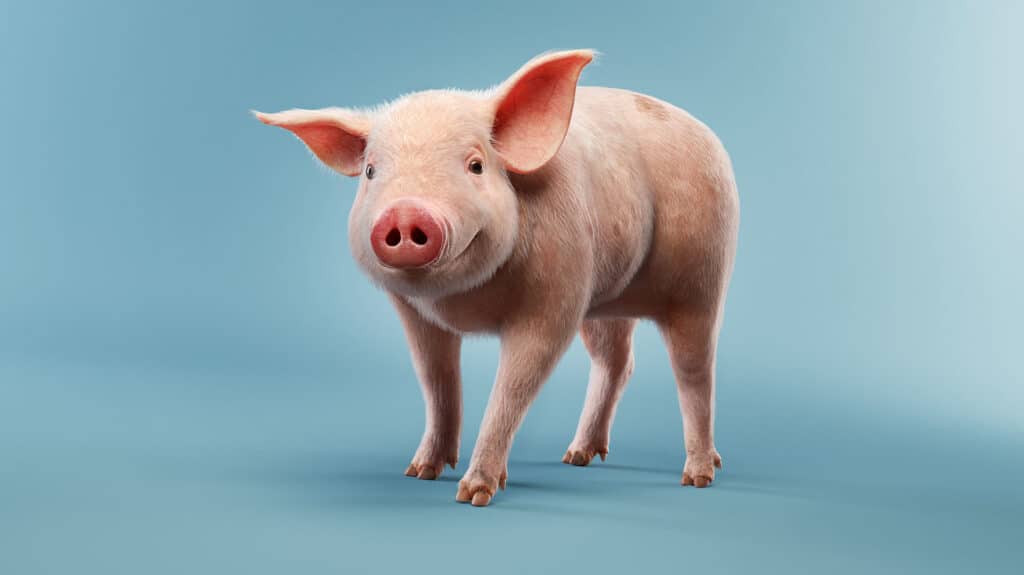
Conclusion
Potty training a pig is a challenging but worthwhile endeavor for pig owners, whether they are raising pigs as pets or managing them in agricultural settings. This process demands patience, consistency, and an understanding of the pig’s natural instincts and behaviors. While pigs have the cognitive capacity to learn and adapt, they also possess strong rooting instincts and social dynamics that can influence their bathroom habits. Therefore, successful potty training requires a comprehensive approach that considers the pig’s age, size, diet, and overall health.
Establishing routines, providing ample space, and offering positive reinforcement are crucial elements in achieving success. Additionally, the owner’s commitment to monitoring the pig’s behavior and adapting the training process as needed is vital. Setbacks and accidents are part of the learning curve, and it’s essential to remain patient and avoid scolding the pig for mistakes, which can lead to anxiety and resistance.
The benefits of potty training a pig are numerous. It not only maintains a clean living environment but also strengthens the bond between the pig and its human caregivers. For farmers and agriculturalists, efficient waste management can enhance the overall health and productivity of pig herds. Moreover, as pigs increasingly become cherished members of households, the ability to potty train them becomes a valuable skill in ensuring a harmonious coexistence.

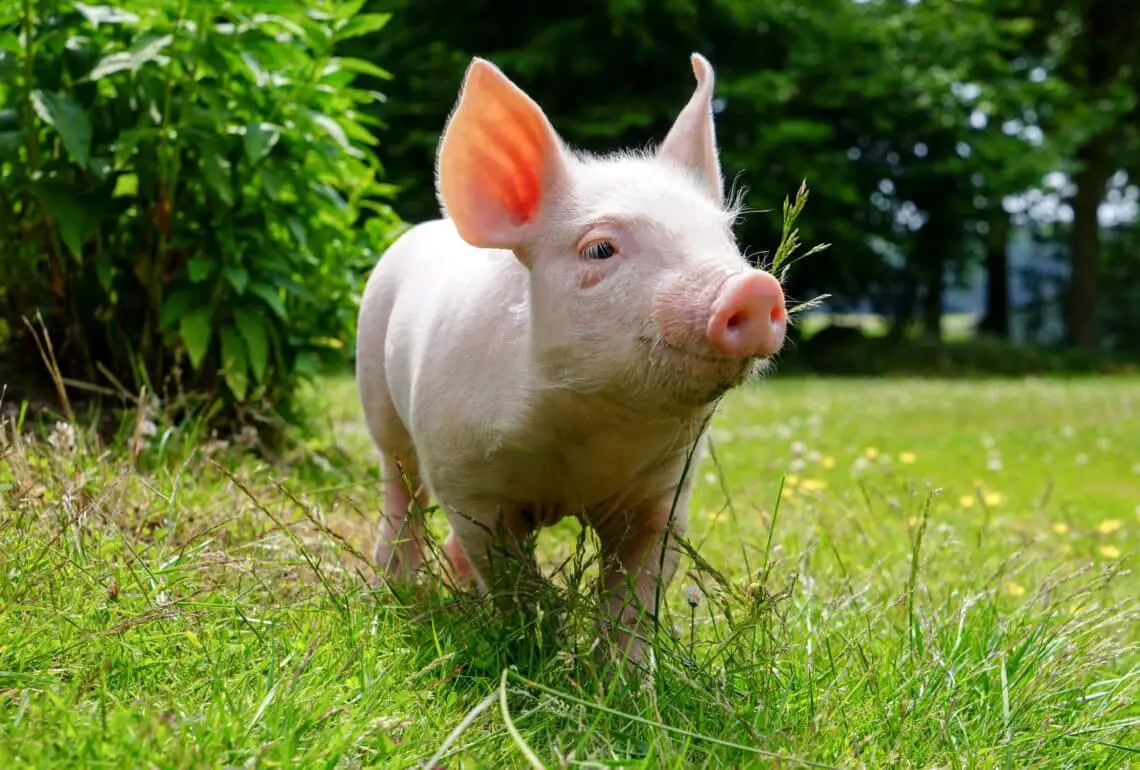
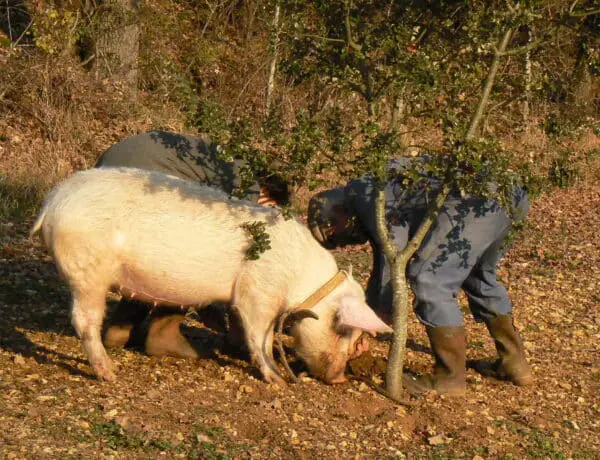
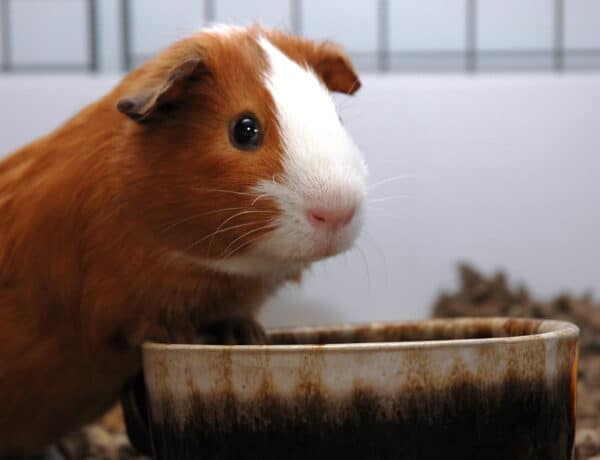
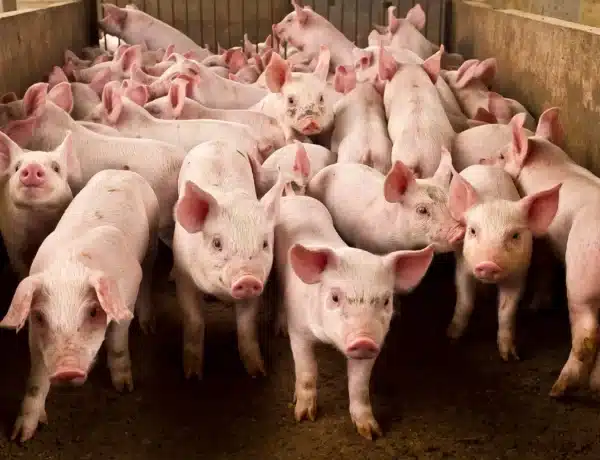
No Comments